Discover how to sprout quinoa and use it to replace grains like rice and couscous in your raw salads, wraps, with vegetables and more. Nourishing and delicious, quinoa is one of the fastest seeds for sprouting and easy to do.

If you're new to sprouting, I recommend beginning with a small amount to see if you like them. For example, I use ¼ cup (45g) of quinoa, which will result in just under ½ cup (68g) of sprouted quinoa.
If I'm doing meal prep for the week, I'll use more.
Sprouting Series
Are you curious about sprouting? If so, then do check out my sprouting series on the blog here to get more familiar with it all.
My other current sprouting recipes include: How to grow broccoli sprouts, how to sprout quinoa, sunflower sprouts, sunflower microgreens, sprouting buckwheat, how to sprout chickpeas, sprouting adzuki beans and how to sprout lentils.
Jump to:
- Sprouting Series
- Step 1 - Rinse and soak
- Step 2 - Rinse and drain
- Step 3 - Leave to sprout
- How to store
- What is quinoa?
- How long to soak quinoa for sprouting?
- How long to sprout quinoa?
- Is sprouted quinoa safe to eat?
- How to use
- Why is quinoa good for you?
- Can you cook sprouted quinoa?
- 📖 Recipe
- Food safety
- 💬 Comments
Step 1 - Rinse and soak
You will need raw uncooked quinoa and a mason jar with a sprouting lid or piece of cheesecloth and rubber band.
Using a fine-mesh strainer, thoroughly wash the seeds in fresh cool water over the sink or a large bowl.
Please give them a really good rinse. Pick out any bits of debris or tiny stones you may find and discard those.
Transfer the seeds into a clean jar or wide-mouthed mason jar and cover the quinoa with plenty of fresh cool tap or filtered water.
Soak them for 30 minutes. You can soak them for longer, 6-8 hours, if leaving them works better for you.
Step 2 - Rinse and drain
Once they have soaked, give them another rinse and drain them thoroughly. I use a fine mesh sieve for this held over the sink and shake off as much water as possible.
It's good practice to ensure it’s not too wet, as this will hinder the sprouting process.
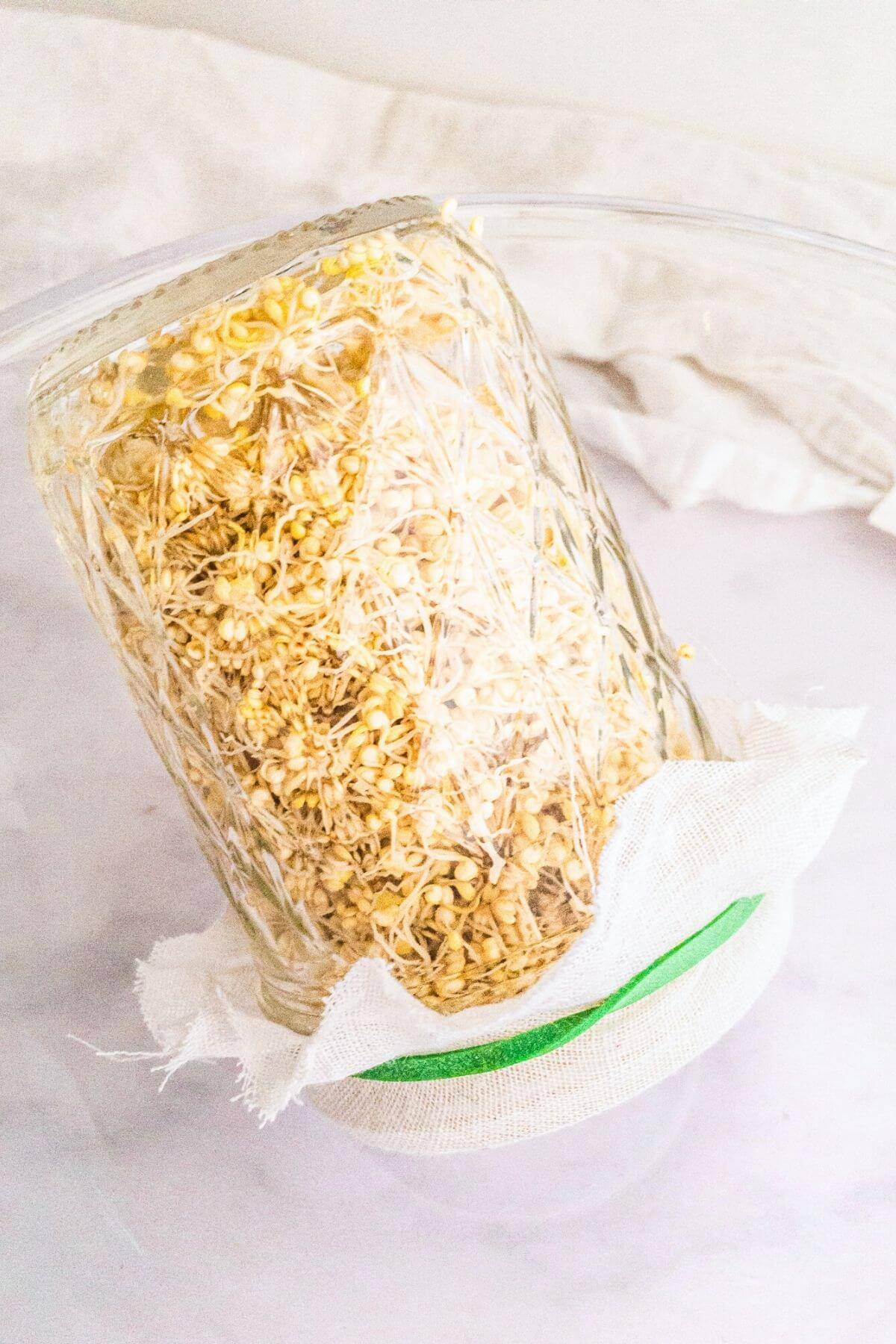
Step 3 - Leave to sprout
Now pop the drained quinoa into a jar. Cover with either a sprouting lid, piece of muslin or cheesecloth held in place with a rubber band.
Leave it on the countertop upside down in a bowl and tipped at an angle, so that any residual water drains out from the jar.
They'll start to grow a tiny shoot from the seed in 24 - 36 hours.
During this time, remember to give them a rinse and drain every 8 -12 hours with cool water.
I do it more frequently if the weather’s warm to help them stay fresh and to avoid any unwanted bacteria.
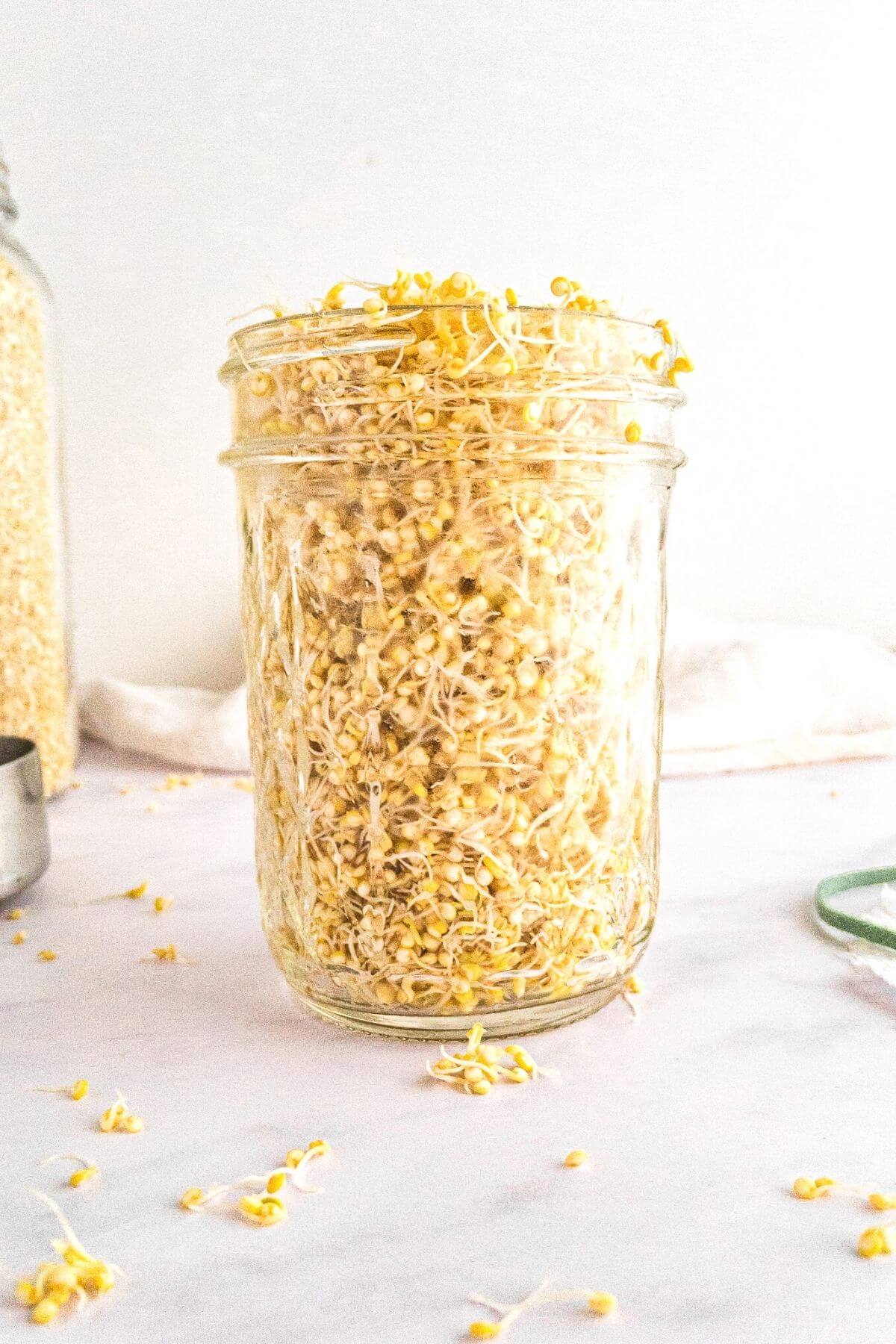
How to store
Store in a suitable container in the fridge and use it within 3-4 days. Rinse and drain thoroughly before using.
What is quinoa?
Quinoa is a tiny edible ancient seed that is also a pseudo-grain. The plant itself originates from South America and has been cultivated for 5000 years.
For those interested in fermentation, you can also use it to make the fermented tonic rejuvelac which was made famous by Ann Wigmore.
You can find out more about Ann Wigmore from the Ann Wigmore Natural Health Institute.
How long to soak quinoa for sprouting?
I find 30 minutes is reasonable for soaking, although you can leave them overnight if that works better for you. I would try both and see which you prefer.
How long to sprout quinoa?
Quinoa are are the quickest to sprout in about 24 hours or so.
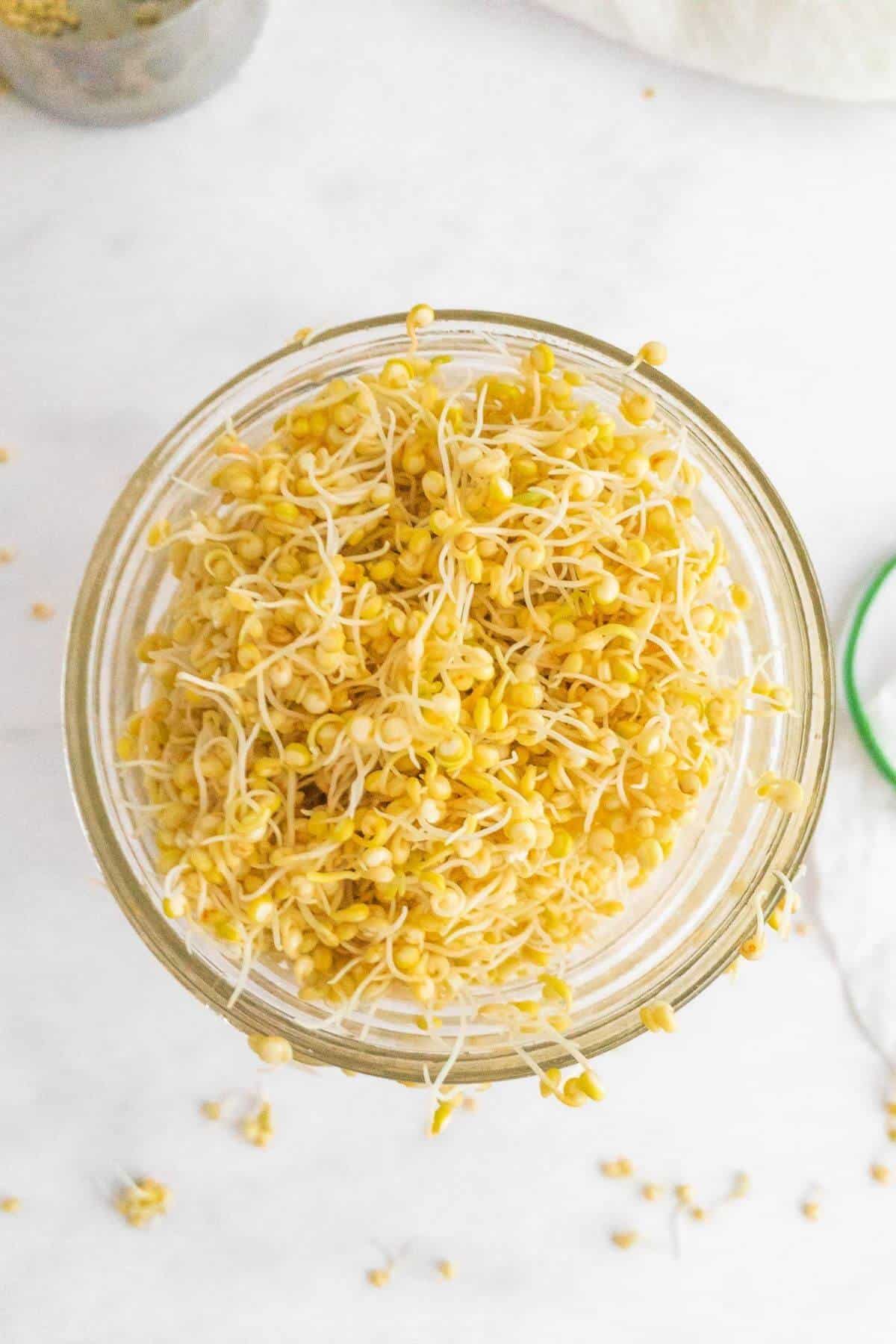
Is sprouted quinoa safe to eat?
It is generally regarded as safe to eat, although some people may be allergic (source). Allergic reactions can be due to the saponins (source), which are found mainly in the outer layer of the seeds.
Saponins are also present in seeds such as chickpeas, soybeans and legumes.
These are the natural chemicals that cause their bitter flavour and are one of the reasons it's best to give the seeds a really good rinse before you use them before sprouting and cooking.
You can rid the seeds of most of their bitterness by doing this.
How to use
You can eat them raw once they’ve sprouted. Use quinoa sprouts as a gluten-free alternative to grains such as couscous and rice.
Sprouted quinoa is perfect for making healthy salads, taco's, pilaf's, sushi and soups. You can stuff vegetables with it and much more. You might check out this broad bean sprouted quinoa salad or this Sprouted Quinoa Summer Salad recipe also on my blog.
Adding sprouts to your meals is so easy, and it's also great for any weekly meal prep.
Why is quinoa good for you?
Quinoa is gluten-free and makes a beautiful alternative for those who cannot consume gluten based grains.
It is high in dietary fibre, protein and contains all nine amino acids, the building blocks of protein.
In addition, it's full of vitamins and minerals, including vitamin E, iron, zinc, calcium, folate, magnesium and phosphorus (source). And provides more fibre, protein and fats than many other grains (source).
Can you cook sprouted quinoa?
Yes, and they may take less time and use slightly less water than when using them uncooked. Quinoa should not be consumed dried from the packet without either carefully sprouting it first or ensuring it has been cooked thoroughly, as per the packet instructions.
📖 Recipe
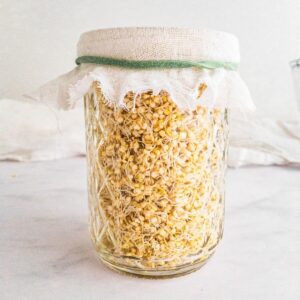
How to Sprout Quinoa
Equipment
- Wide mouthed mason jar
- Fine mesh strainer or sieve.
- Piece of cheesecloth and rubber band or a sprouting lid
- A bowl.
Ingredients
- 90 g (½ cup) raw quinoa
- fresh cool water as needed
Instructions
- Soak Quinoa. Using a fine-mesh strainer, thoroughly wash the seeds in fresh cool water. Pick out any debris or tiny stones and discard. Transfer the seeds into a wide-mouthed mason jar. Cover the quinoa with 2-3 times the amount of cool water and soak for 30 minutes.90 g (½ cup) raw quinoa, fresh cool water as needed
- Rinse and Drain. Rinse and drain the quinoa seeds thoroughly using a fine mesh sieve. You will need to rinse and drain the seeds twice each day, every 8-12 hours, while they're sprouting. This is to keep them healthy, fresh and hydrated.fresh cool water as needed
- Sprout. Pop the quinoa back into the jar and cover with the sprouting lid. Turn the jar upside down and place at an angle in a bowl, so that any residual water can escape. They'll start to sprout tiny shoots in 2-3 days. Keep out of direct sunlight. Remember to rinse and drain them twice each day (every 8-12 hours).fresh cool water as needed
- Harvest. After 2-3 days your quinoa should now have grown tiny tails. To harvest, give the sprouts a final rinse and drain well before using. Store in a lidded container in the fridge for 3-4 days.fresh cool water as needed
Notes
Storing
Store in a lidded container in the fridge to keep fresh for up to 3-4 days. I like to give them a rinse and drain to refresh them before using.How to tell if sprouts have gone bad
If your sprouts spoil, toss them out and start again. Give your sprouts a sniff. Healthy sprouts will smell fresh. It's a good idea to watch over your sprouts as you go and learn how they look and smell during this process, so it becomes familiar to you. If your sprouts smell funky, not fresh or they if appear slimy, or if you notice a white or off coloured fluffy bits amongst them please throw them out. They're probably spoiled. See the Food Safety information at the bottom of the blog post for more details.Food safety
The UK Food Standards Agency recommends people in vulnerable groups always cook any sprouts until steaming hot all the way through before eating them.
This is because sprouts sometimes contain bacteria, which some people may be susceptible to. Vulnerable groups include the elderly, young children, those with a weakened immune system, and pregnant women.
Never eat sprouts or microgreens that look or smell bad or weird. If you're unsure, then throw them out and start again.
Not all seeds or beans are suitable for sprouting or eating raw. Please be sure to check first.
Check the FSA website for more details.

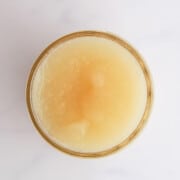
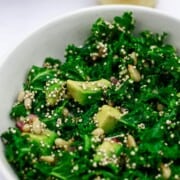
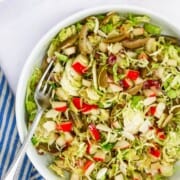

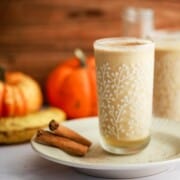
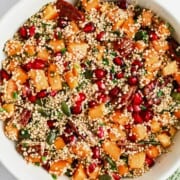
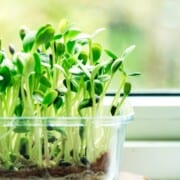
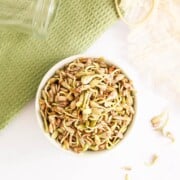
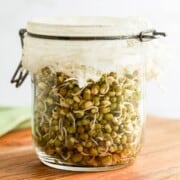
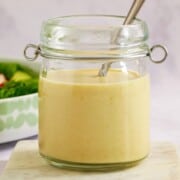
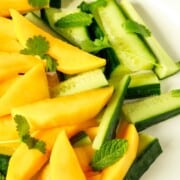
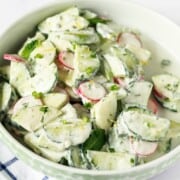
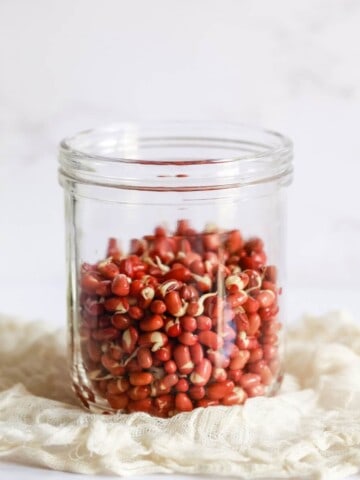
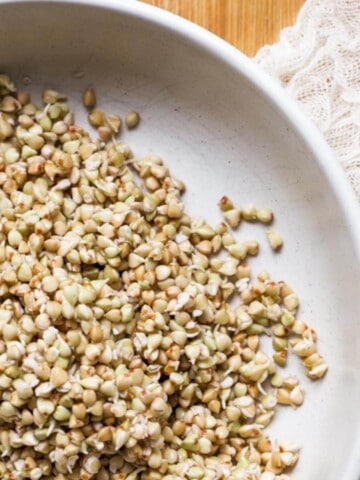
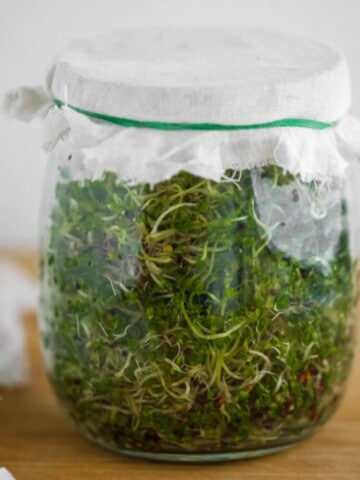
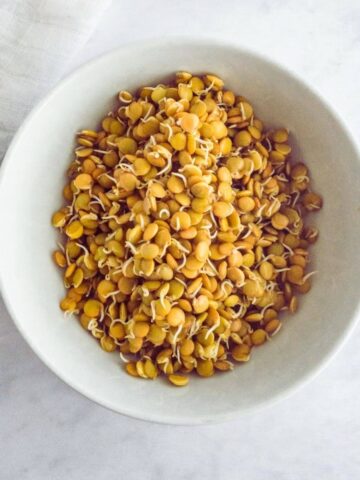
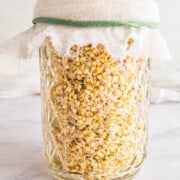
Lane says
I am struggling to get my quinoa to sprout. Is there a brand that works better than others?
Some of the quinoa will sprout, but a very small amount is sprouting.
Juliette says
Hi Lane, thanks for getting in touch. I apologise for my delay in replying to you. I don't use a specific brand and do try to buy organic, non gmo wherever possible. It's a little bit trial and error with sprouting sometimes unfortunately. Some people find a short soaking period like 30 minutes works well, rather than soaking overnight. Some people do get better results sprouting them on a terra cotta dish instead of the jar method and then spraying with water twice a day to keep them moist. A supplier who sells quality quinoa specifically for sprouting may be your best option. Good things to check are that they are not sitting in water, that they are allowed to drain thoroughly, that there is plenty of air allowed to circulate, if they start to smell bad to discard them and start again. I hope this helps 🙂
julie says
I have never spouted quinoa before but I bet it is great for digestion, and I guess out of all the things to sprout I would be most curious about quinoa. This is so cool!!
Juliette says
Hi Julie, Thanks for your comment. It's definitely worth trying if you already enjoy quinoa in your recipes. I hope you can give it a go some time.
Genevieve says
Wow! This is such an informative post on sprouting quinoa. I love that I can do this at home and don't have to go to the grocery store. This is lovely for any gardeners out there too!